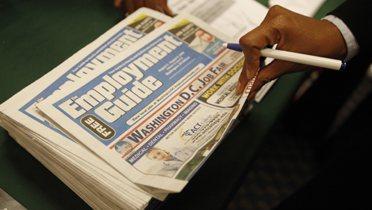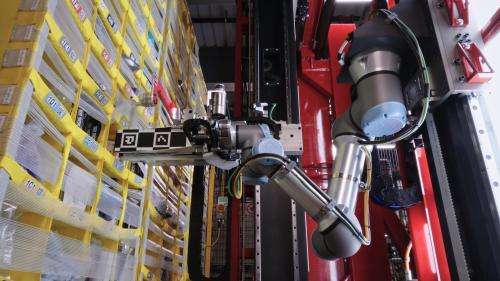Editor’s Note: This paper was released as a part of the January 13 Fostering Growth through Innovation event.
Executive Summary
The sheer magnitude of the Great Recession affected the ability of Americans across the country to find and keep jobs; however, unemployment has been much worse in some metropolitan areas than others, and recovery likewise has been location-dependent. Three key labor market issues facing metropolitan economies help to explain these varying patterns in the employment crisis: industry structure, the housing market, and workforce skills.
Clearly, the many metropolitan areas that had large shares of their employment in manufacturing and housing-related industries endured some of the sharpest unemployment increases, whereas metropolitan areas whose industries were more resistant to the recession (government, education and health care) fared much better, at least initially. Now, in the recovery, unemployment rates in some manufacturing-oriented metro areas are improving, partially in response to a strong rebound in demand. However, the recovery in government-focused metropolitan industries has lagged, as state and local budget crises have forced cutbacks in government workforces.
The chaos in the housing market has affected some communities more than others, and metro areas with the largest decreases in home prices also witnessed large increases in unemployment. These lost jobs reflected not only a stalled construction industry, but also the impact of decreased household wealth on local consumer spending. Although unemployment has declined in some areas where the housing market remains bad, in many locales, a poor housing market continues to be a drag on employment.
Less-educated workers face both short-run and long-run employment challenges. In the short run, during the recession, jobs in industries that demand less education declined disproportionately, in line with historical patterns. Over the longer term, the ratio of unemployment rates between less-educated and college-educated workers continue to hover around their 40-year averages. Nevertheless, metro areas with an under-supply of educated workers could encounter a rocky path to sustained economic recovery, and, going forward, many metro labor markets will have to continuously upgrade the education and skills of their workforces.
In response to the federal gridlock that has prevented a coherent response to the jobs crisis, some state and local leaders have developed promising initiatives that address the challenges specific to their labor markets, some of which could become national models. For example, some leaders perceive that their best prospects for renewed economic growth depend on expanding their capacity to export goods and services to markets outside the United States, particularly in developing Asian and Latin American countries, where the bulk of growth in the global middle class is expected. In other locales, leaders are attempting to diversify into industries that have real near-term growth opportunity, such as clean energy technology. Finally, some leaders are emphasizing programs to improve workers skills, for example, through improving the performance of community colleges and ensuring that these institutions are responsive to local and regional workforce needs.
The Brookings Institution is committed to quality, independence, and impact.
We are supported by a diverse array of funders. In line with our values and policies, each Brookings publication represents the sole views of its author(s).










